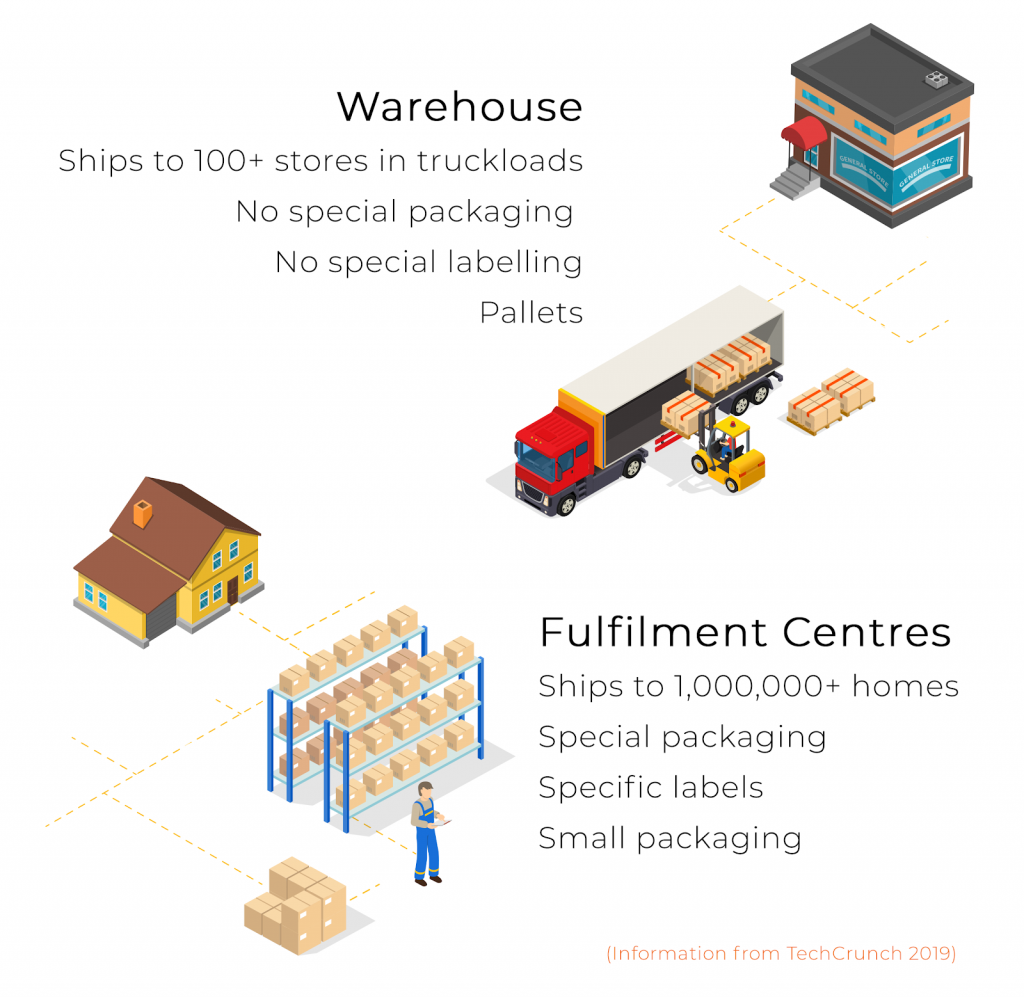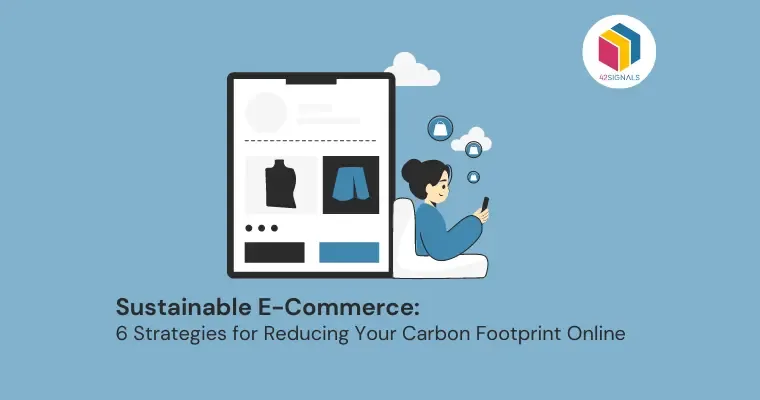As the world becomes increasingly digital, e-commerce has experienced a meteoric rise in popularity. However, with this growth comes a significant environmental impact. The logistics of online shopping – from manufacturing to packaging and delivery – contribute significantly to carbon emissions. As responsible corporate citizens, e-commerce businesses must adopt sustainable practices that reduce their carbon footprints.
Here are six strategies for creating a more environmentally friendly and sustainable e-commerce platform.
1. Choose Sustainable Packaging
Traditional packing materials like plastic bubble wrap and polystyrene peanuts have high environmental costs. Instead, opt for recycled or biodegradable options such as corrugated cardboard, mushroom packaging, or seaweed-based solutions. Additionally, minimize package size to cut down on shipping volume.

Image Source: Earth.org
2. Energy-Efficient Web Hosting
Data centers consume massive amounts of electricity. By choosing a green web host, you can ensure your site is powered by renewable energy sources. Look for certifications like LEED (Leadership in Energy and Environmental Design) or Energy Star when selecting a hosting provider.
3. Promote Slow Shipping
While next-day deliveries may be convenient, they aren’t exactly eco-friendly. Encourage customers to choose slower shipping methods which often involve ground transportation which is generally more fuel-efficient than air freight. Consider offering incentives like discount codes to nudge consumers towards greener choices.
4. Localize Fulfillment Centers
Centralizing distribution hubs leads to longer transit times and increased fuel consumption. Spread out inventory across several regional fulfilment centers to decrease delivery distances and associated emissions.

5. Implement Return Policies That Make Sense
A lenient return policy might seem customer-friendly but results in unnecessary trips back to the warehouse and additional packaging waste. Implement clear product descriptions and sizing guides to help customers make informed purchases, thus reducing returns.
6. Track & Report Emissions
Transparency builds trust. Regularly measure and report your company’s carbon footprint using tools provided by organizations like the Greenhouse Gas Protocol. Share these findings openly on your website and social media platforms to demonstrate commitment to sustainability.
Remember, every little bit counts. Even small changes implemented consistently over time can lead to substantial reductions in your business’s carbon footprint and create a sustainable e-commerce entity.
So why wait? Start implementing these strategies today and pave the way towards a cleaner, greener future!
Liked this article? For more insightful content, read our e-commerce blogs.







